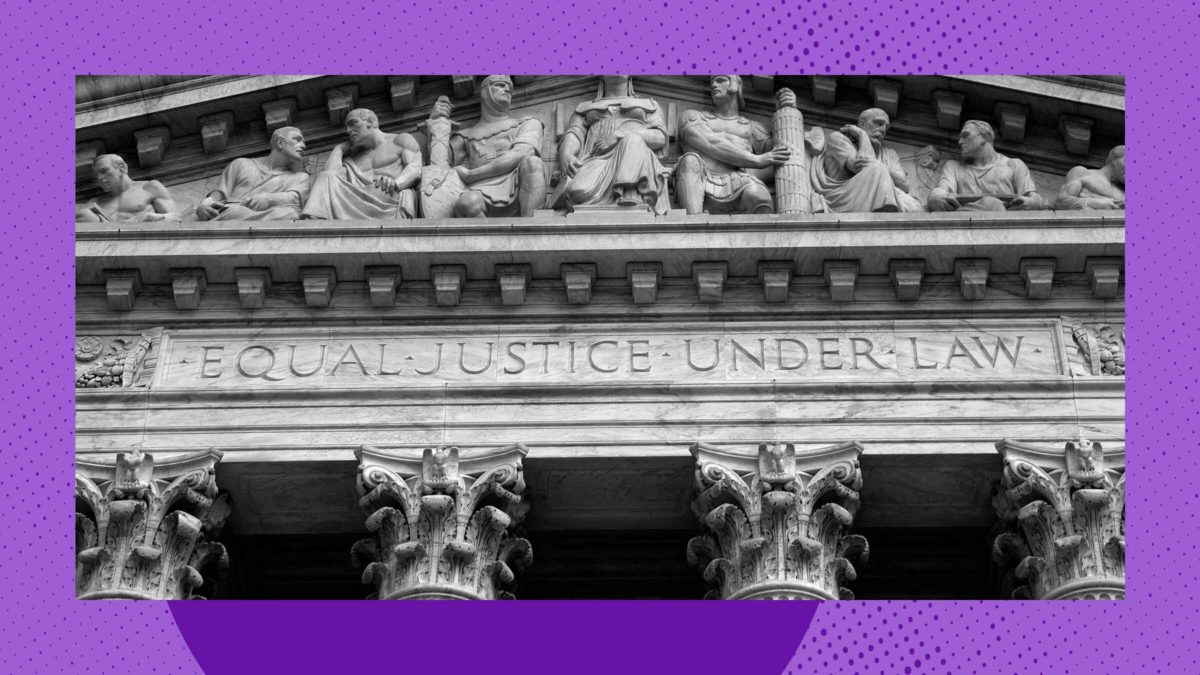In 2008, the Supreme Court’s five conservatives rewrote the Second Amendment to say what Republican politicians wished it had said all along. In the years that followed, 7,398 more children than expected died as a result of gun violence, according to a new study.
In his majority opinion in District of Columbia v. Heller, Justice Antonin Scalia declared for the first time that the Constitution guarantees an “individual right to possess and carry” firearms, effectively striking down a de facto handgun ban in Washington, D.C. Scalia disposed of the inconvenient language at the beginning of the Second Amendment, which defines the right to “keep and bear Arms” in the context of service in a “well regulated Militia,” by dismissing it as a “prefatory clause” that is, for all intents and purposes, legally irrelevant.
Then, in 2010, the Court held that Scalia’s version of the Second Amendment constrains the authority of states, too, to limit gun ownership. (Because Heller was about a law in Washington, D.C., that decision technically applied only to the federal government.) In his majority opinion in McDonald v. Chicago, Justice Samuel Alito explained that the right to have a gun is “deeply rooted in this Nation’s history and tradition,” invoking the same language that he and his colleagues would use to get rid of the right to abortion care 12 years later.
In response to McDonald, Republican lawmakers began passing new and more permissive gun laws, seeking to empower their constituents to arm themselves as freely as Scalia and Alito imagined the founders would have wanted. Now, a team of researchers at Harvard, Yale, Brown, the University of Pittsburgh, and UCSF has an estimate on the real-world impact of the Court’s decision: Between 2010 and 2023, in states that enacted the “most permissive” gun laws, there were 6,029 more pediatric firearms deaths than expected, including 3,399 deaths by suicide. In states with “permissive” gun laws, 1,424 more children than expected died by gunfire. In both types of states, the excess firearm mortality rate was higher among Black children than among children of any other racial or ethnic group.
Before Heller and McDonald, legal experts had rejected the idea that the Second Amendment protected a sweeping individual right. But beginning in the 1970s and 1980s, the National Rifle Association and other organizations began chipping away at this scholarly consensus, paying sympathetic academics and activists millions of dollars to write law review articles endorsing their preferred interpretation of the Constitution’s text, as Michael Waldman writes in his book The Second: A Biography. In cartoonishly circular fashion, many of these gun lobby-funded articles cited the existence of other gun lobby-funded articles as evidence that the legal conclusions contained therein must be correct.
In other words, together, Heller and McDonald were not an accident. They were the culmination of a decades-long campaign to transform the Second Amendment into, in effect, a founding-era advertisement for modern semiautomatic weapons.
Historians—real historians, not Republican judges mining the depths of Wikipedia—disagreed, often emphatically, with the fantasyland analysis emanating from conservative think tanks. But they simply could not keep up with the sheer volume of astroturfed pseudoscholarship that these well-compensated propagandists were cranking out. As Waldman notes, one of these authors praised Thomas Jefferson for rhapsodically musing that “one loves to bear arms” in a 1796 letter to George Washington. Notably omitted from the author’s account was the fact that the “arms” to which Jefferson referred were not guns, but copies of old letters that Jefferson wanted in order to craft his rebuttal in an unrelated debate.

(Photo By Tom Williams/Roll Call)
This movement has embroiled the country in a gun violence epidemic of its own creation, as humiliatingly unique as it is achingly tragic. Gun violence is now America’s leading cause of death among children and teenagers, accounting for 4 percent of all pediatric deaths over the period of the study. And as the study’s authors write, “there is no reason to suspect that sudden changes in mental health, social determinants of health, or other explanations” since McDonald would account for the differences in death rates between states with more permissive and less permissive gun laws. Given that the Court’s conservatives have only grown more enthusiastic about building an armed society since Heller and McDonald, there is little reason to believe that these trends will reverse anytime soon.
Supreme Court pundits rarely discuss rulings in terms of their real-world impact, because they believe their role is to provide dispassionate legal analysis only. Judges, too, are reluctant to consider (or be perceived as considering) the practical implications of their decisions, and will often specifically disclaim any obligation to do so. In his opinion that overturned Roe, for example, Alito wrote that the Court had “no authority” to allow “political” considerations to influence its work, and could only “do [its] job” and let the chips fall where they may. In Heller, Scalia claimed to “take seriously” the “problem of handgun violence in this country,” but asserted that “it is not the role of this Court to pronounce the Second Amendment extinct.”
Liberal justices, too, strive to adhere to this norm. Writing for the dissenters in Heller, Justice John Paul Stevens framed his argument strictly as a matter of constitutional law, and praised the majority for having “properly disclaim[ed] any interest in evaluating the wisdom of the specific policy choice challenged in this case.”
The study of McDonald’s death toll exposes the failures of a legal culture that strips Supreme Court cases of their context, reducing literal life-or-death questions to abstract debates about how to divine the Constitution’s One True Meaning. This system is especially useful for the conservative legal movement, because it allows Republican judges to recast their policy preferences as the correct outputs of an apolitical process, washing their hands of responsibility for the harm their decisions inflict. Here, the conservative justices gave the green light to state legislatures to pass laws that they knew would put more guns in more hands in more places. The fact that Antonin Scalia is not the sole cause of the preventable deaths of 7,398 children would probably be of little comfort to the families who buried them.
The findings of this study do not and will never appear in the McDonald opinion. Law professors will not include it in their casebooks, or teach it in constitutional law classrooms; federal judges who continue to ponder the outer limits of the Second Amendment will not incorporate it into their analyses. But should be the decision’s legacy, because what the Court does to the people whose lives it governs always matters more than what the Court says about the legal questions it purports to answer. In Heller and McDonald, the justices in the majorities made a policy choice. Thousands of children died because of it.






